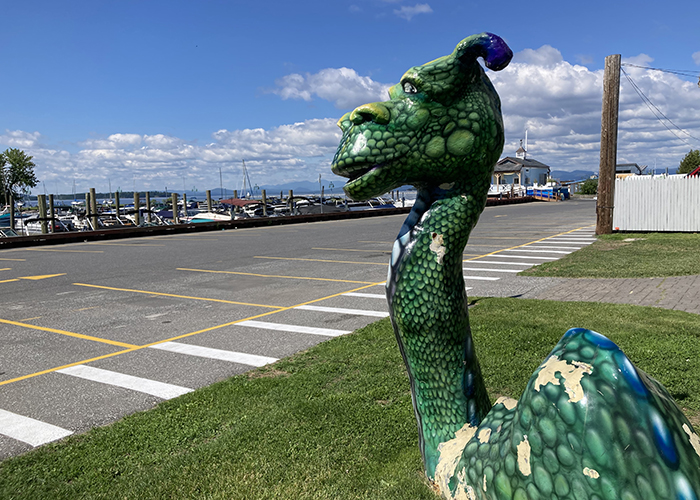 Previous Day |
Hartford, VT → Burlington, VT → Hartford, VT 185.0 mi (297.7 km) |
 Next Day |
All hail the Champ, everyone!
Today I’m on my way to the northwest corner of Vermont to see if I can spot another elusive American cryptid, but first, I’m pausing in Montpelier to see my 33rd state capitol building! Montpelier is probably the loveliest capital city I’ve ever visited, with all the charm of a mountainous small town. Plus, this was where, on April 7, 2009, Vermont became the first US state to proactively pass a law legalizing marriages between two folks of the same gender! Today, a historical marker on capitol grounds memorializes this accomplishment!
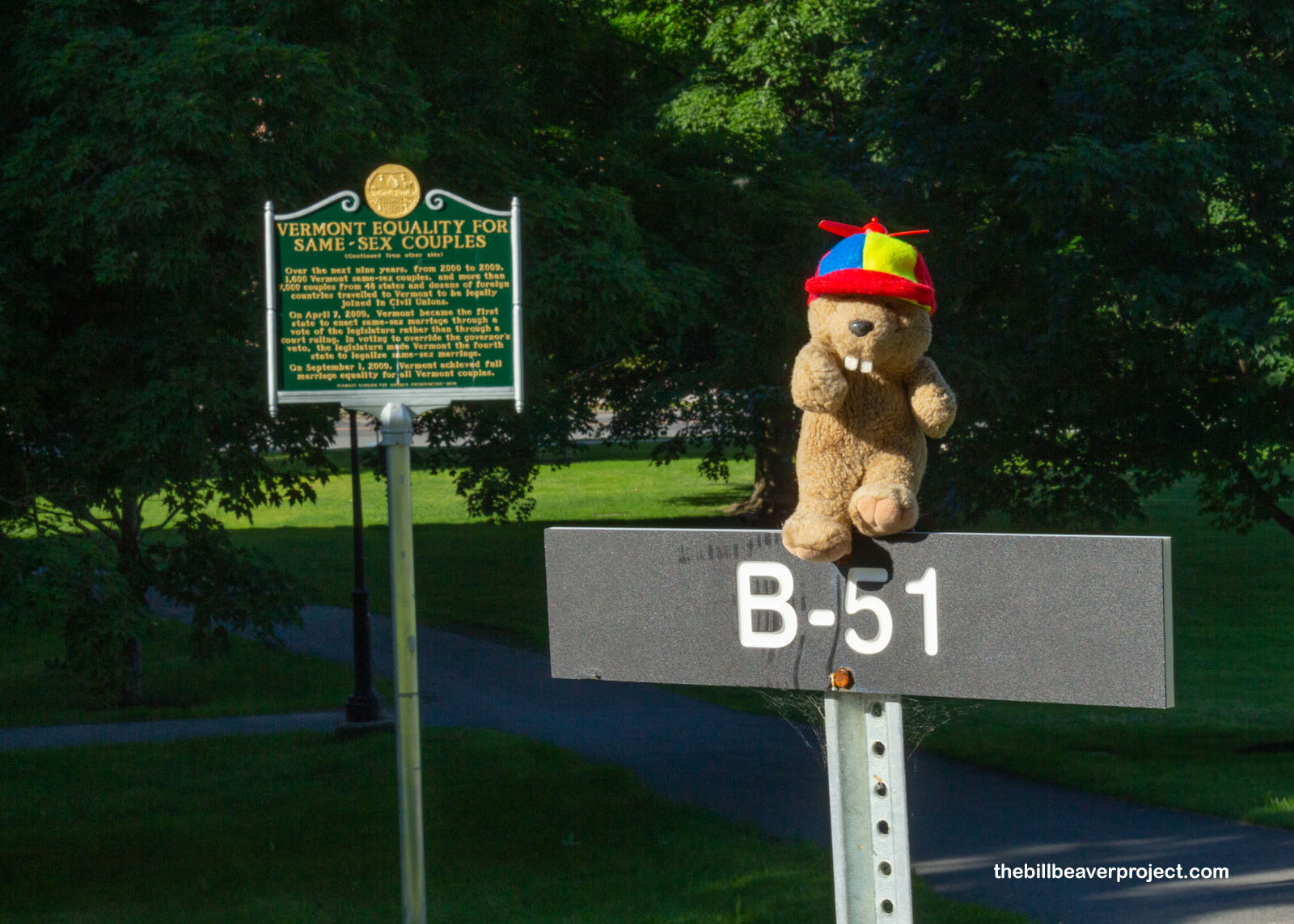 |
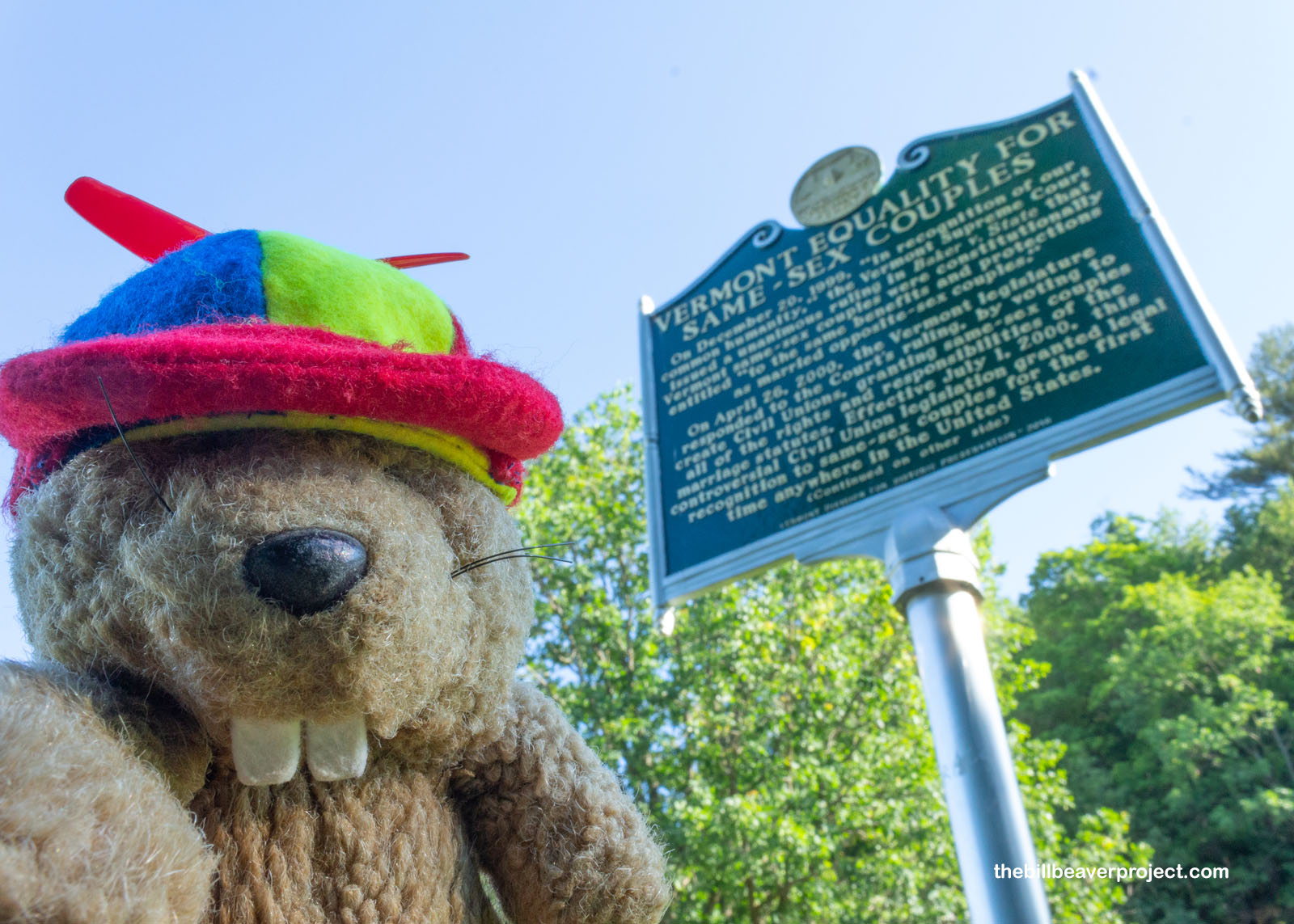 |
Vermont has both the smallest capital and the smallest capitol! Nevertheless, this one was definitely worth the detour. Like Georgia’s and Colorado’s, its dome shines with gold leafing! Inside, it’s also home to America’s oldest active legislative halls with their original interiors! I was here too early to see those, though.
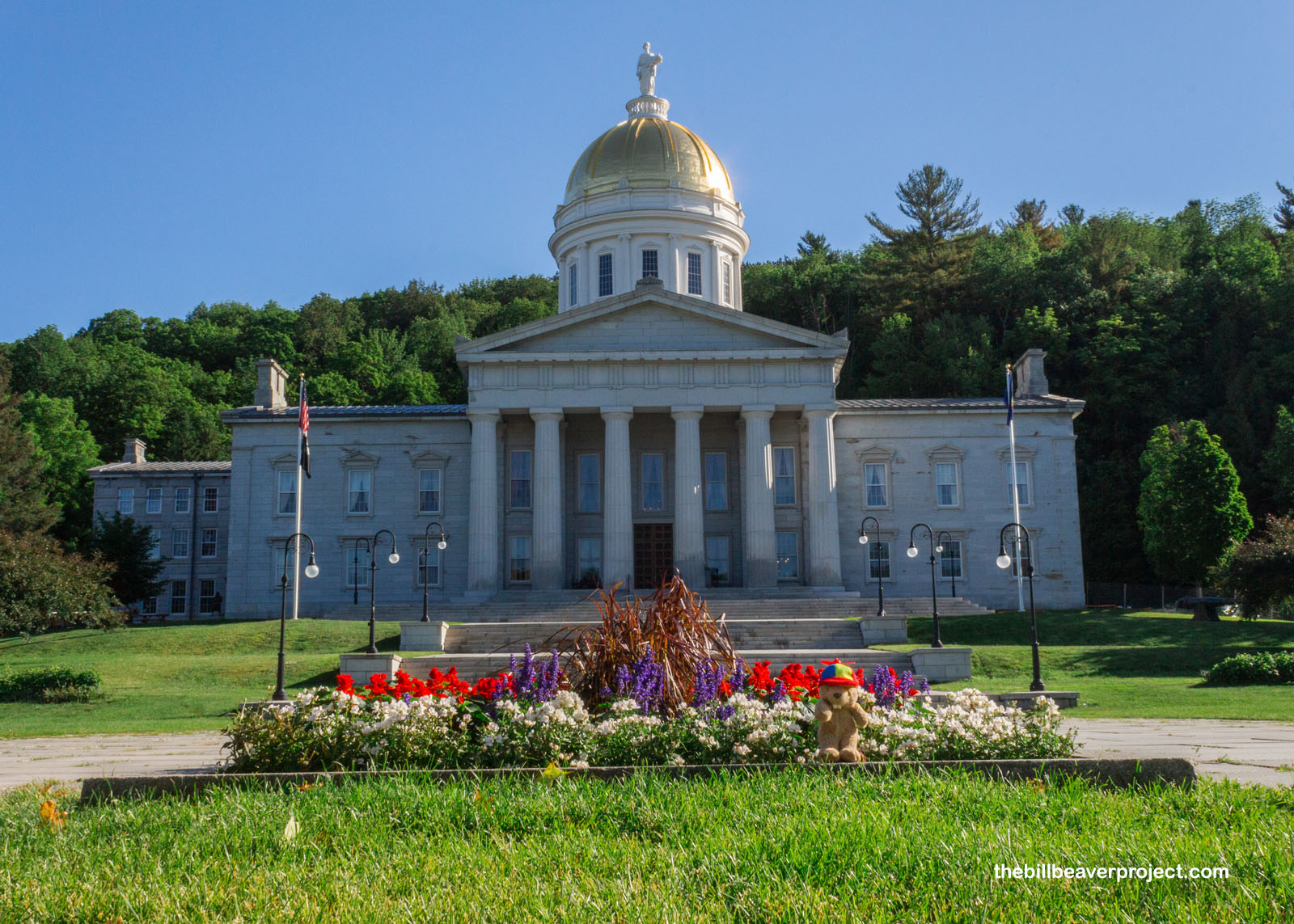 |
Next to the capitol was a statue of Vermont’s first governor, Thomas Chittenden, who gave his name to the county I’ll be visiting later today. He was in office when Vermont was its own independent republic, which meant awkward negotiations with both the British, who wanted to make it their own Canadian province, and the United States, who eventually won out in 1791, making Vermont the 14th state!
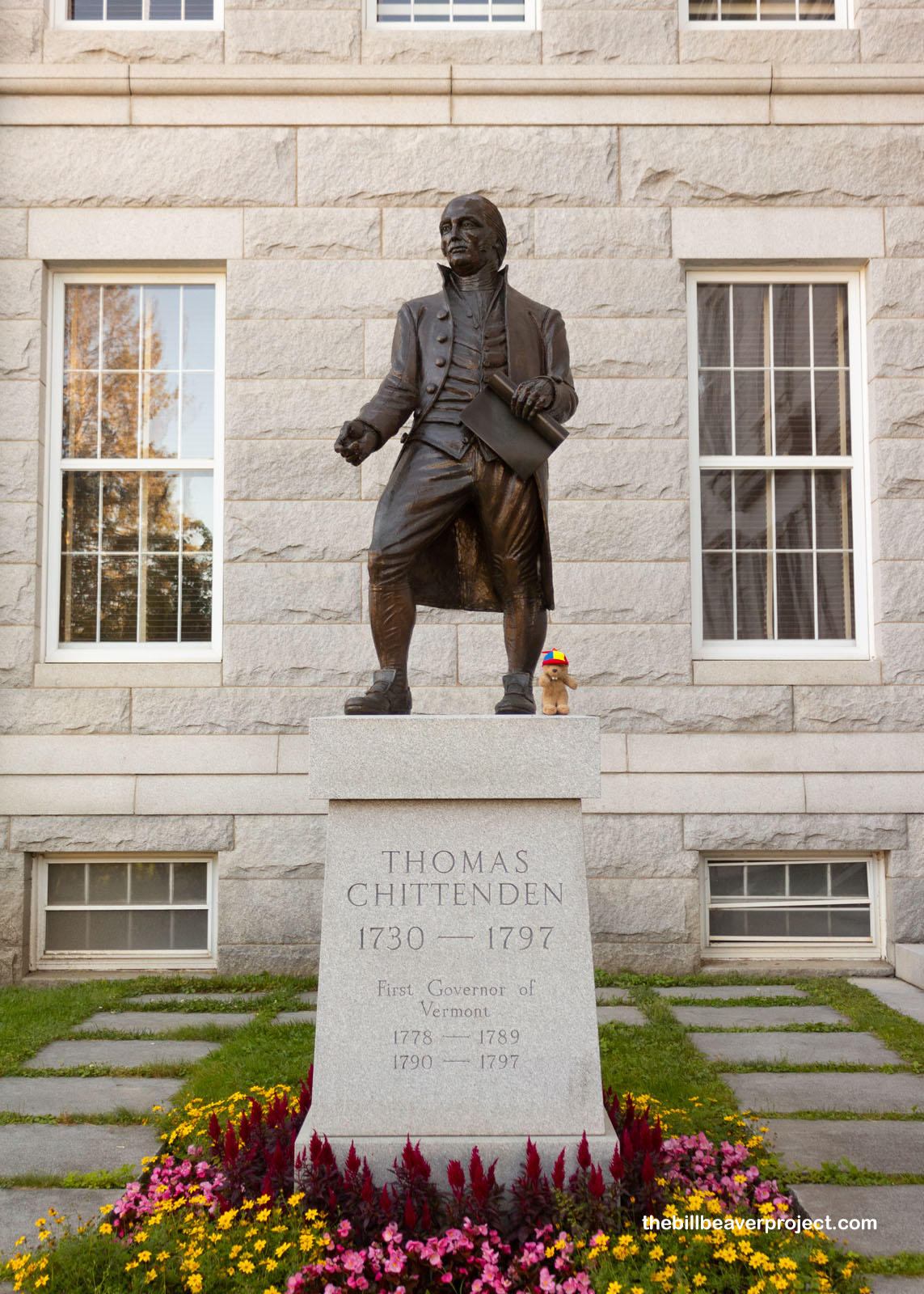 |
It was too early to tour inside the capitol, so instead, I took a stroll down State Street, part of the Nationally Registered Montpelier Historic District, which was bustling with breakfast activity! I enjoyed the neat buildings, like the Romanesque Revival Agency of Agriculture building and the Greek Revival courthouse of Washington County!
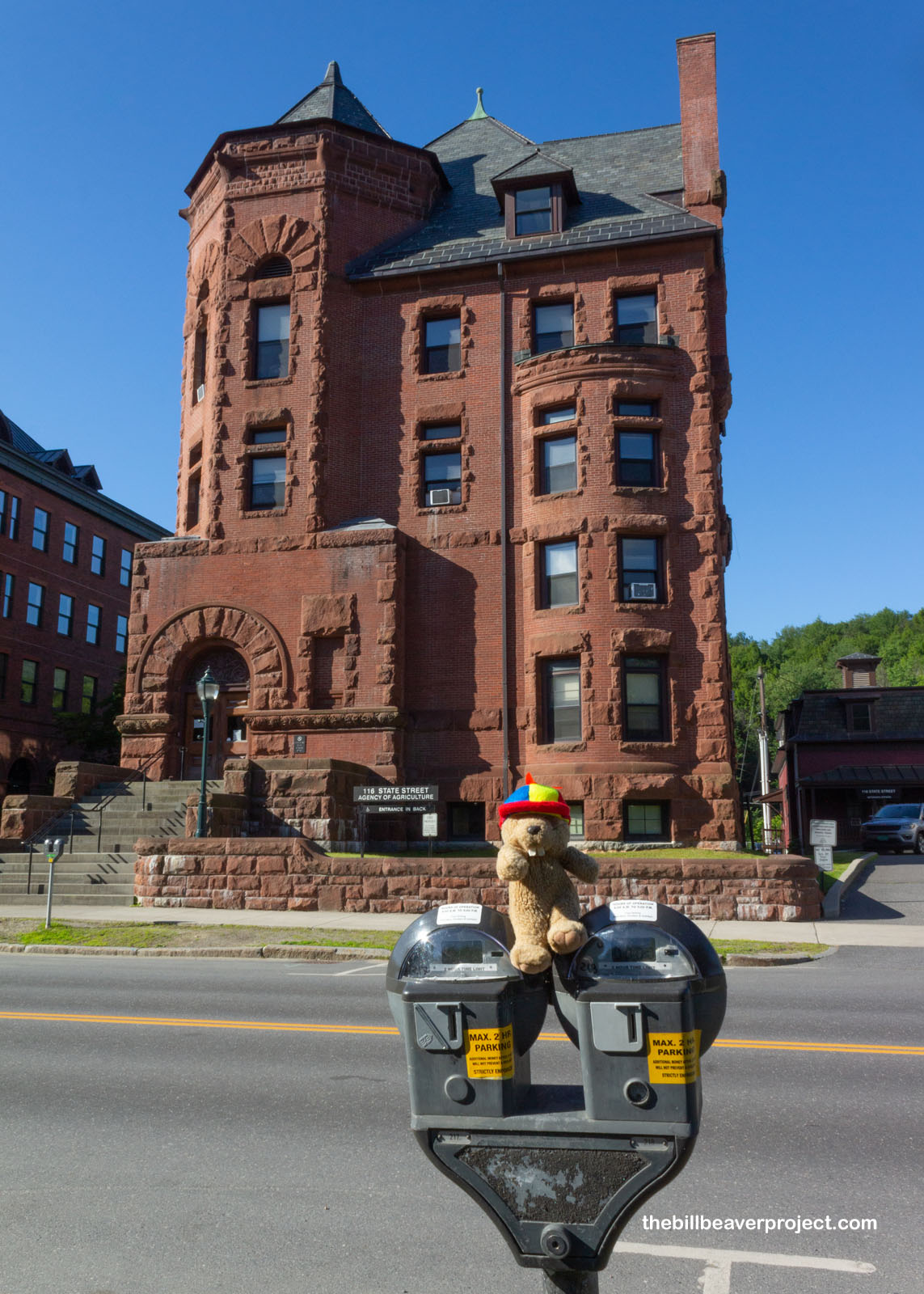 |
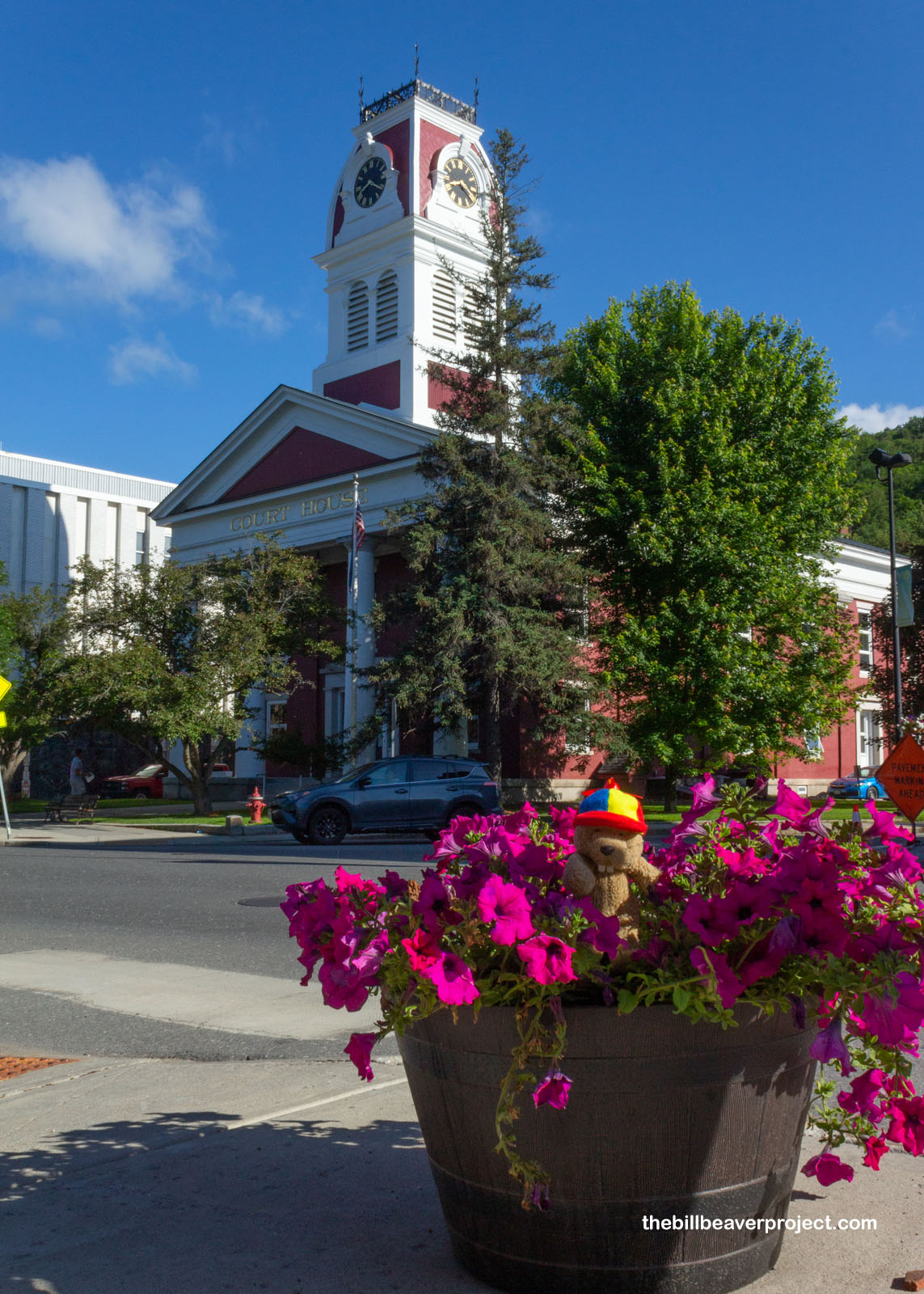 |
Breakfasted and charged up for adventure, I continued my journey west, pausing just long enough to admire the Nationally Registered Round Church in Richmond! This is the last surviving 16-sided meetinghouse from the early 19th Century, designed to accommodate five different Protestant denominations! Over the decades, the different denominations moved out of Richmond, and this became a secular town meetinghouse all the way until 1973 when it was deemed unsafe for public meetings! Today, it’s being renovated by the Richmond Historical Society!
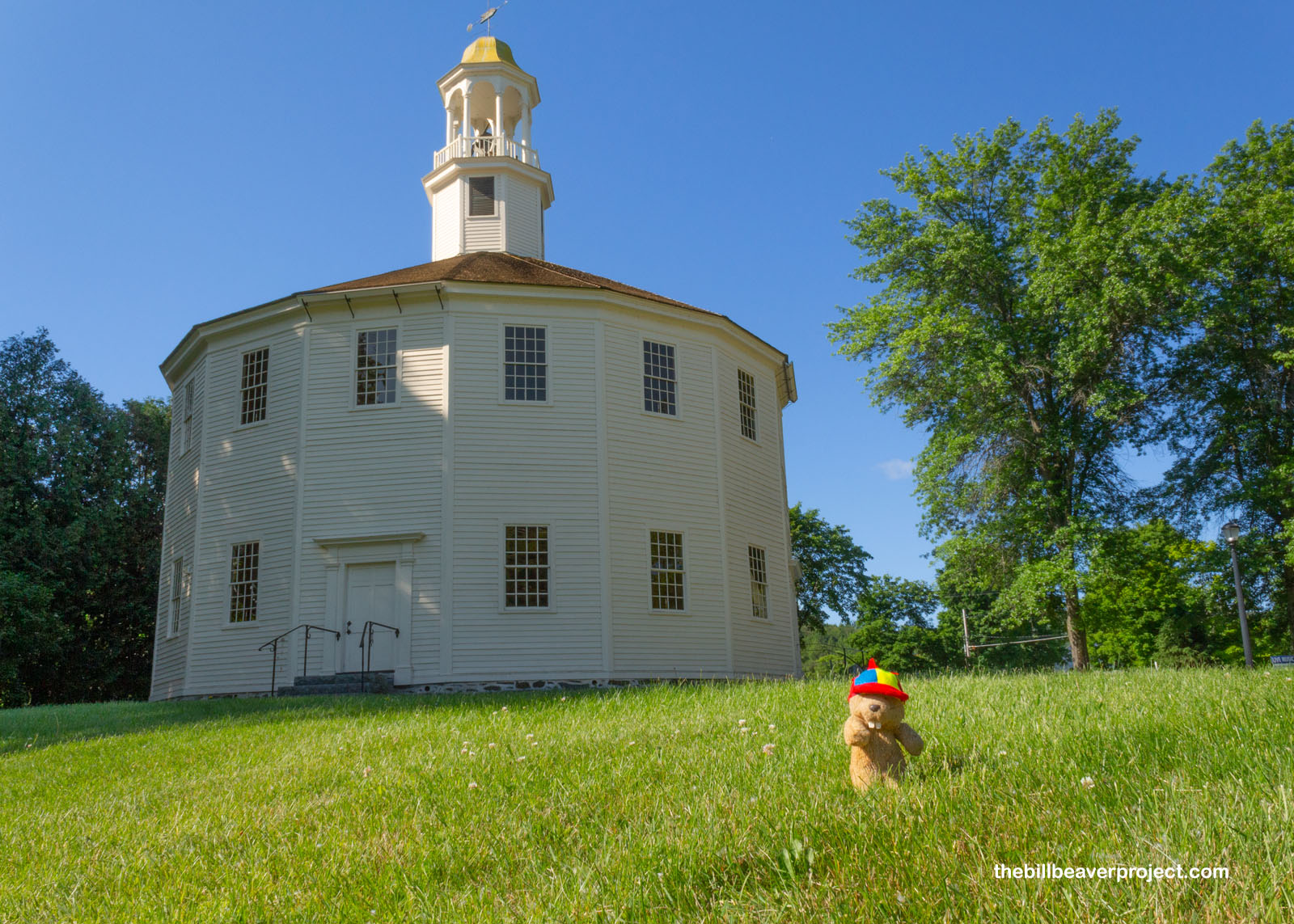 |
Then, at last, I reached my destination: Burlington, Vermont on the shores of Lake Champlain! Named for Samuel Champlain, who first explored this lake in 1609, this glacial lake has been known by many other names since long, long ago! You’ll remember from my visit to Fort Ticonderoga that the Mohawk called it Kaniatarakwà:ronte, while on this side, the Abenaki called it Pitawbagok, meaning “double lake!” The Abenaki have a legend that this lake and its valley were created by Odzihozo, the Great Transformer, and that inside the lake lived a great, horned serpent named Tatoskok!
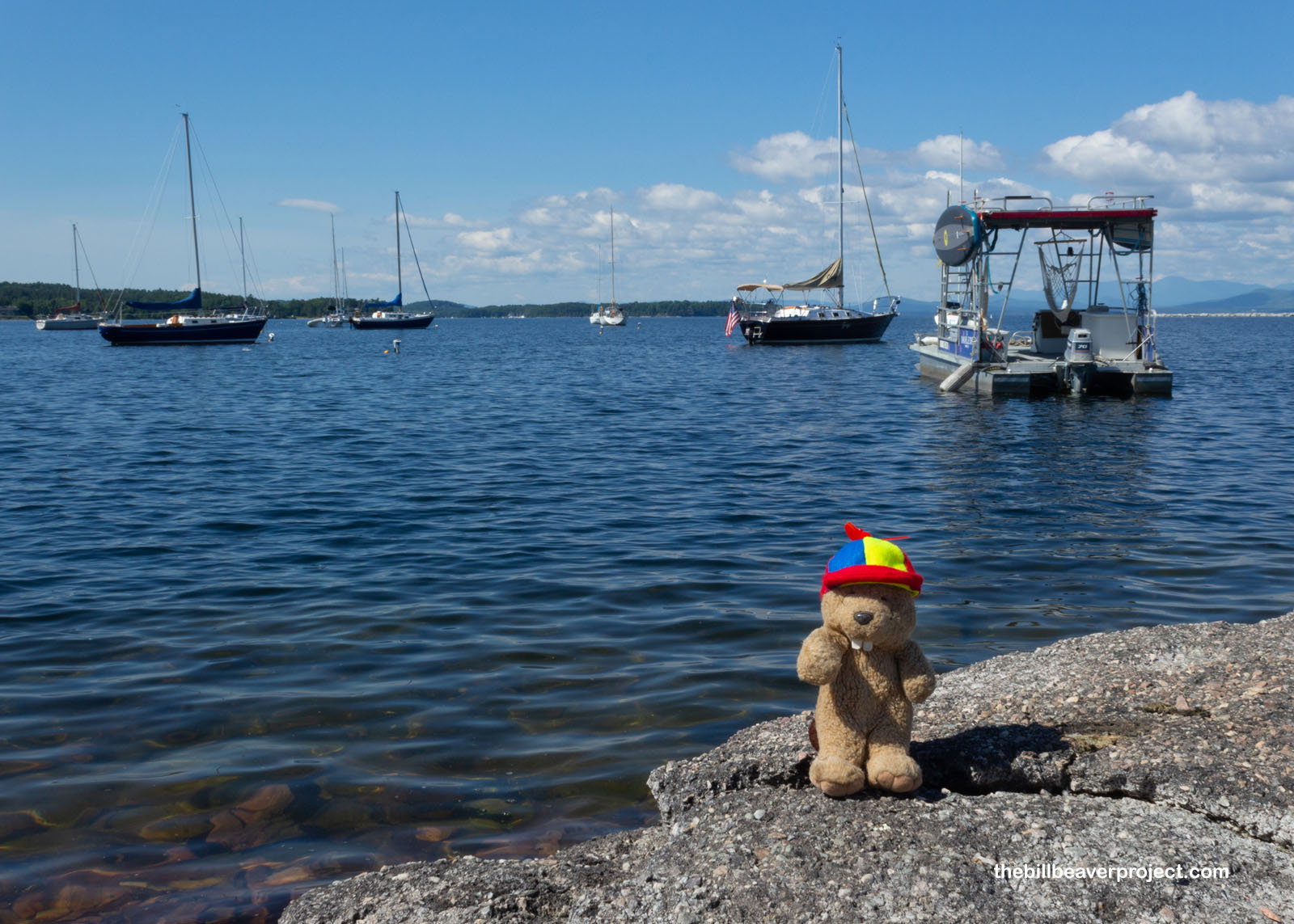 |
Tatoskok has many names in many different cultures, some saying this horned serpent is dangerous, others that it’s benevolent. Today, though, it’s most commonly known as Belua aquatic champlainiensis, or Champ for short! Tied to Samuel Champlain by a mistranslation of his journals (he was observing a 5-foot long-nose gar), Champ has taken on a whole new mythos in this part of Vermont! There were sporadic serpent sightings throughout the 1800s, but it was the Sandra Mansi photograph of 1977 that cemented Champ in the annals of cryptozoology!
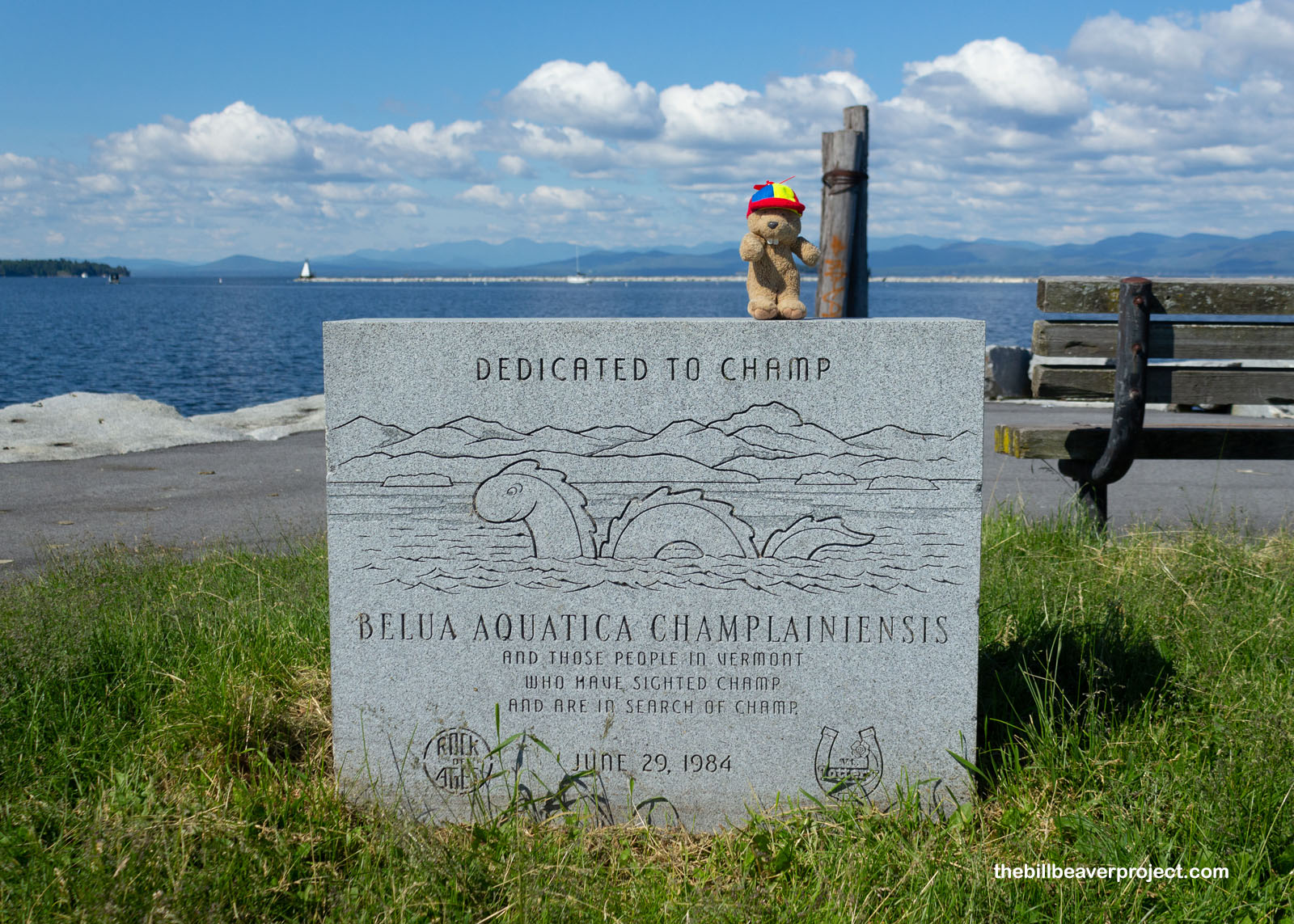 |
Today, there’s a Lake Monsters baseball team, and a whole lot of signs and shops related to Champ along the shores of Pitawbagok. I even found a full-sized statue of the creature, which was going to be as close as I’d get to seeing it for real!
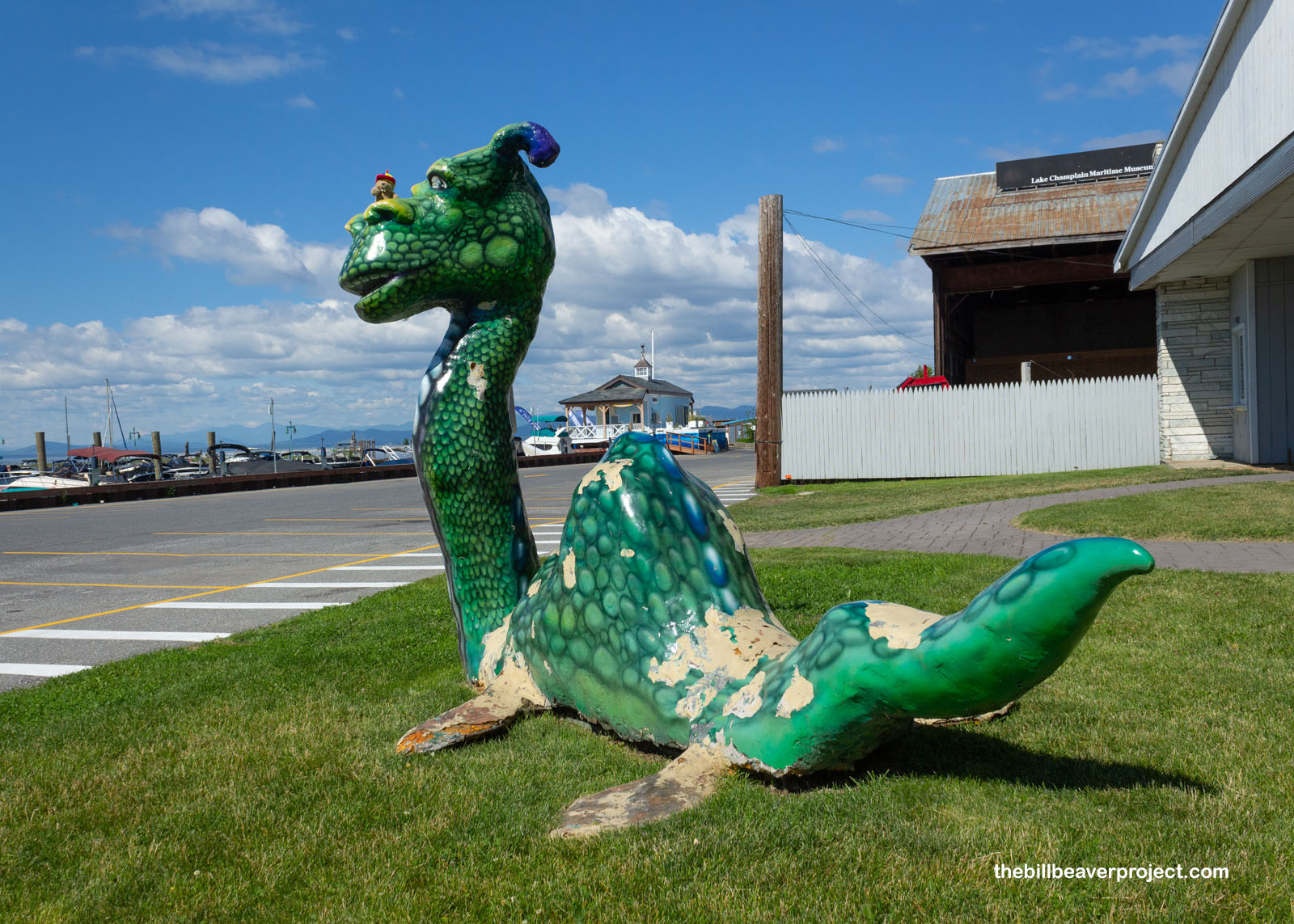 |
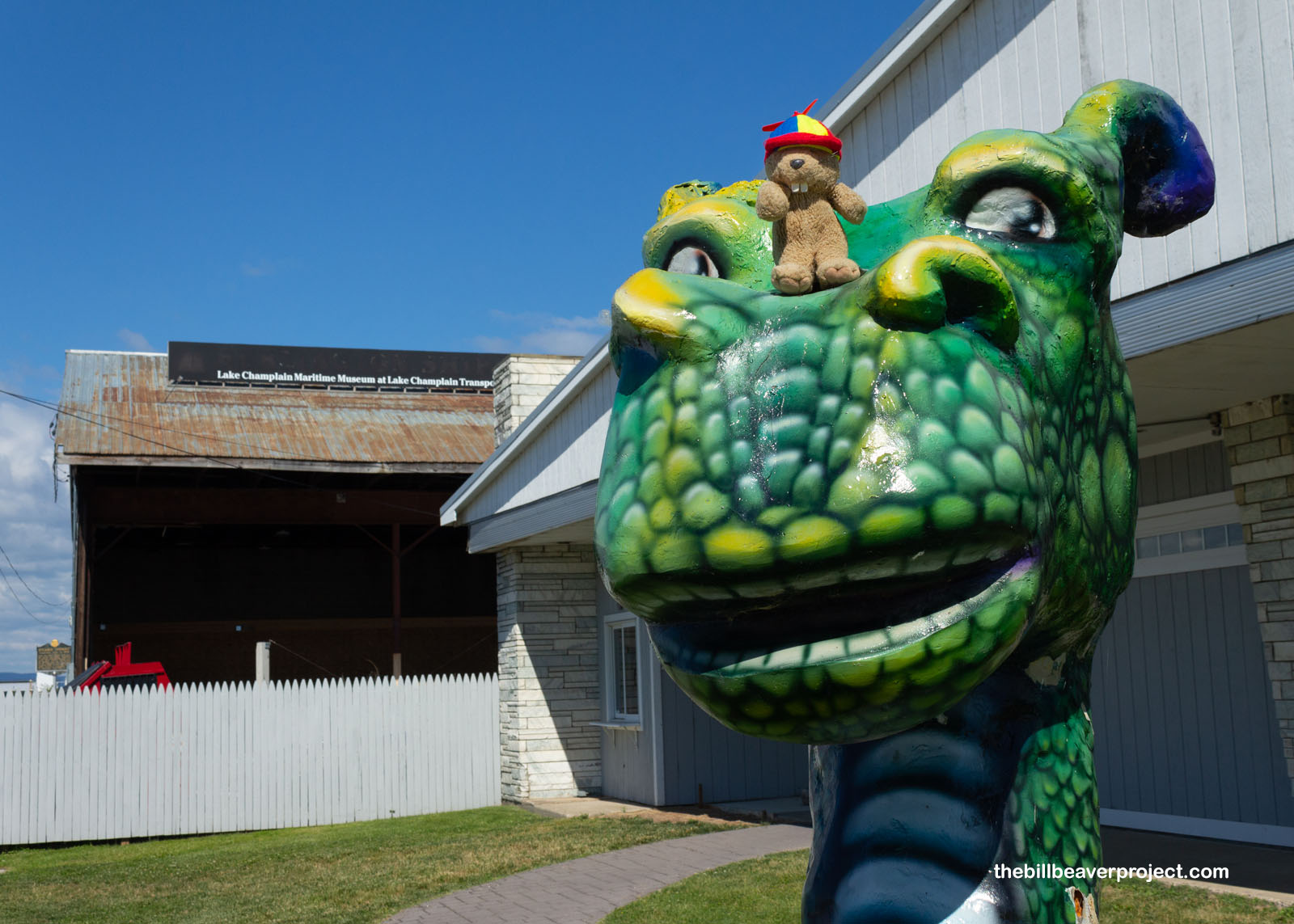 |
But I wanted to learn more about this mysterious creature, so I went to the ECHO: the Leahy Center for Lake Champlain, which just so happened to have a traveling exhibit on mythological monsters!
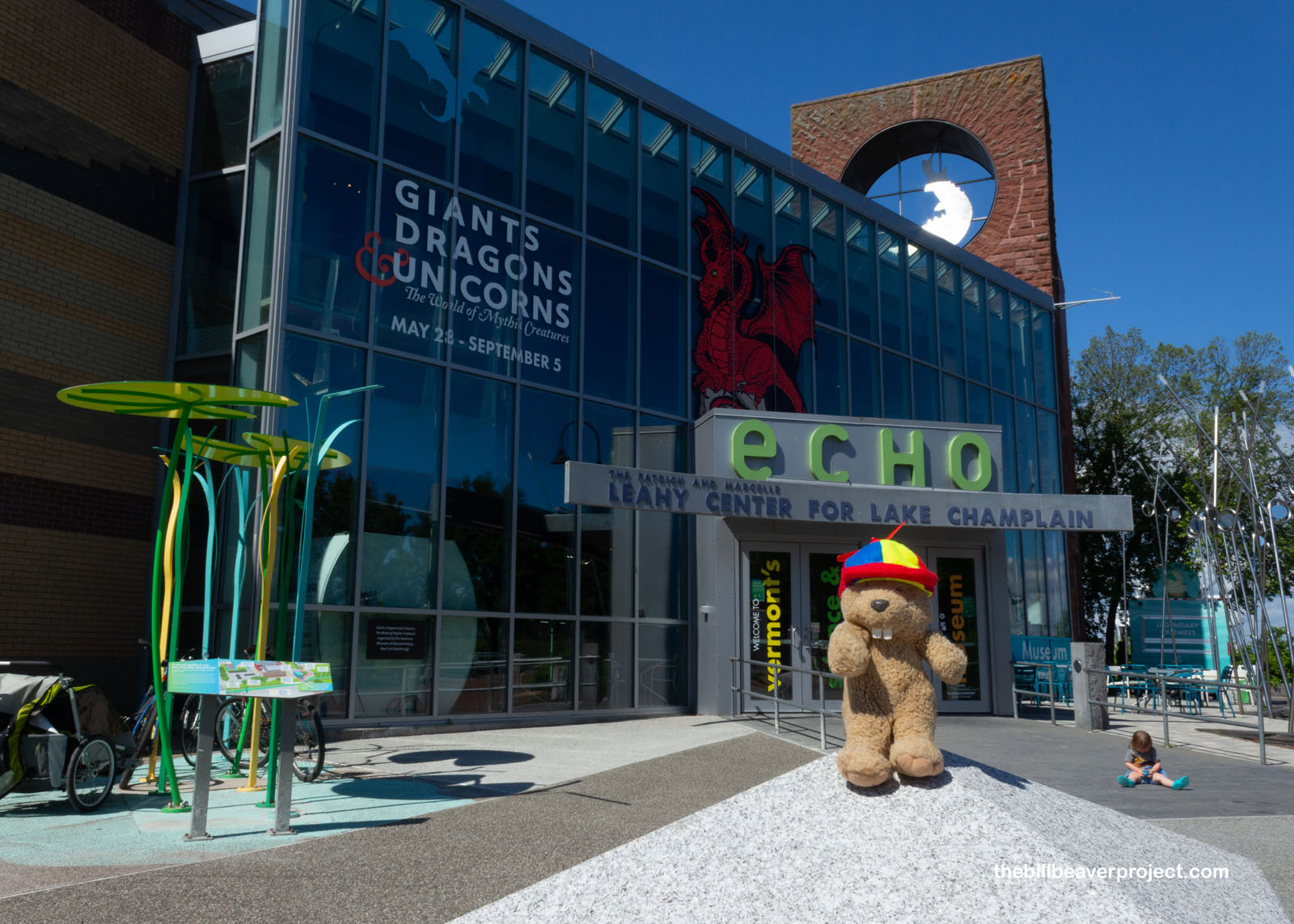 |
Sea monsters in particular have a rich history, with documentations dating back to at least Antiquity (800s BCE to 600s CE)! There was a belief that every land creature had its aquatic counterpart: horses and sea horses, lions and sea lions, snakes and sea serpents! While most mariners knew what a whale was, not every mysterious ocean critter was a whale, and poor naturalists like Aristotle, Pliny, and Conrad Gessner, who didn’t go to sea, had to write down what these seafaring folks claimed they saw! So came the tales of merfolk and krakens and of course, sea serpents!
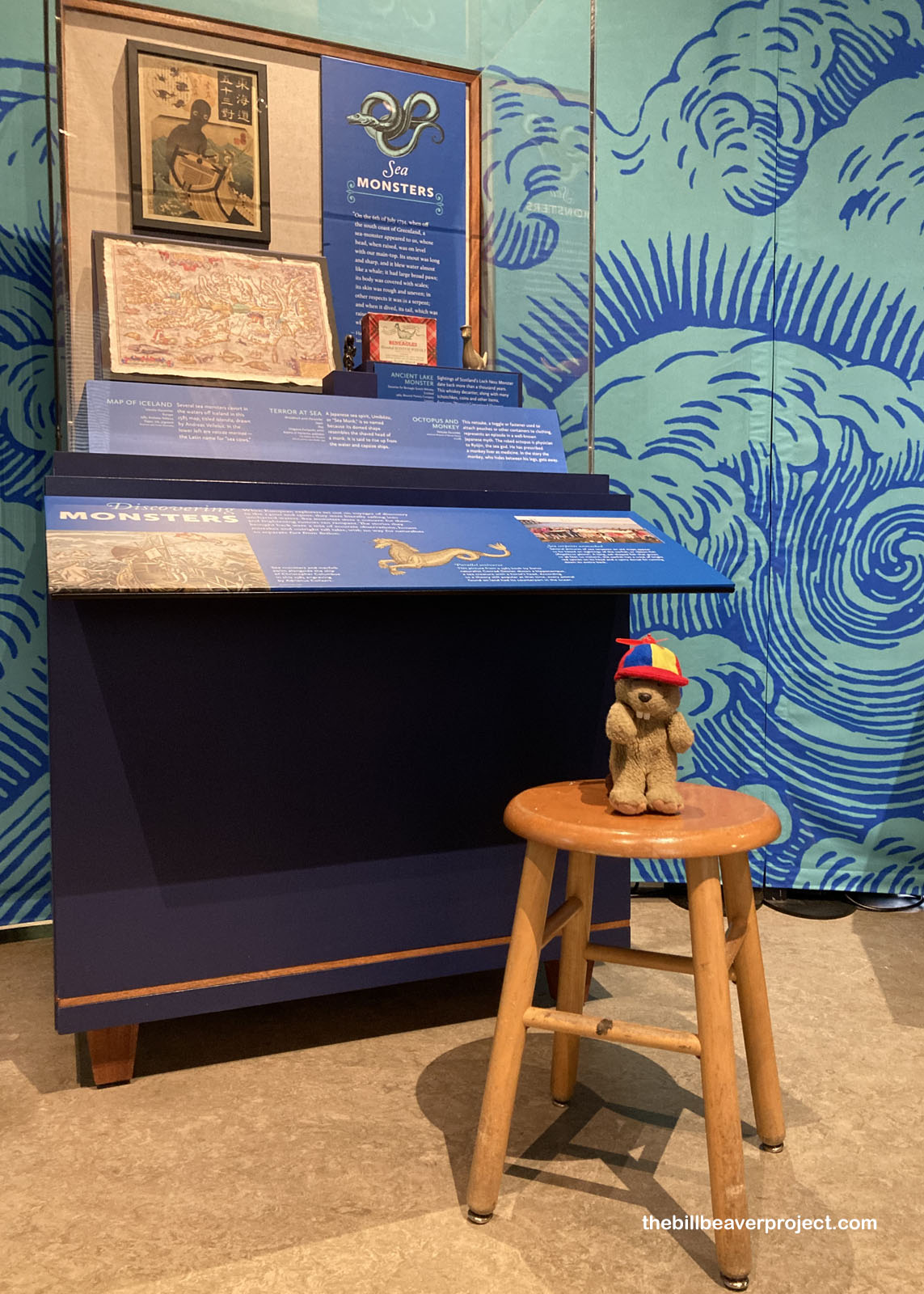 |
In Champ’s case, most folks point to the lake being connected to the ocean, and say an ancient plesiosaur got into the lake that way, but geological evidence shows that connection didn’t happen until after the Ice Age! Theories abound about what it could be, from a floating log to a line of waves to a low-flying flock of birds!
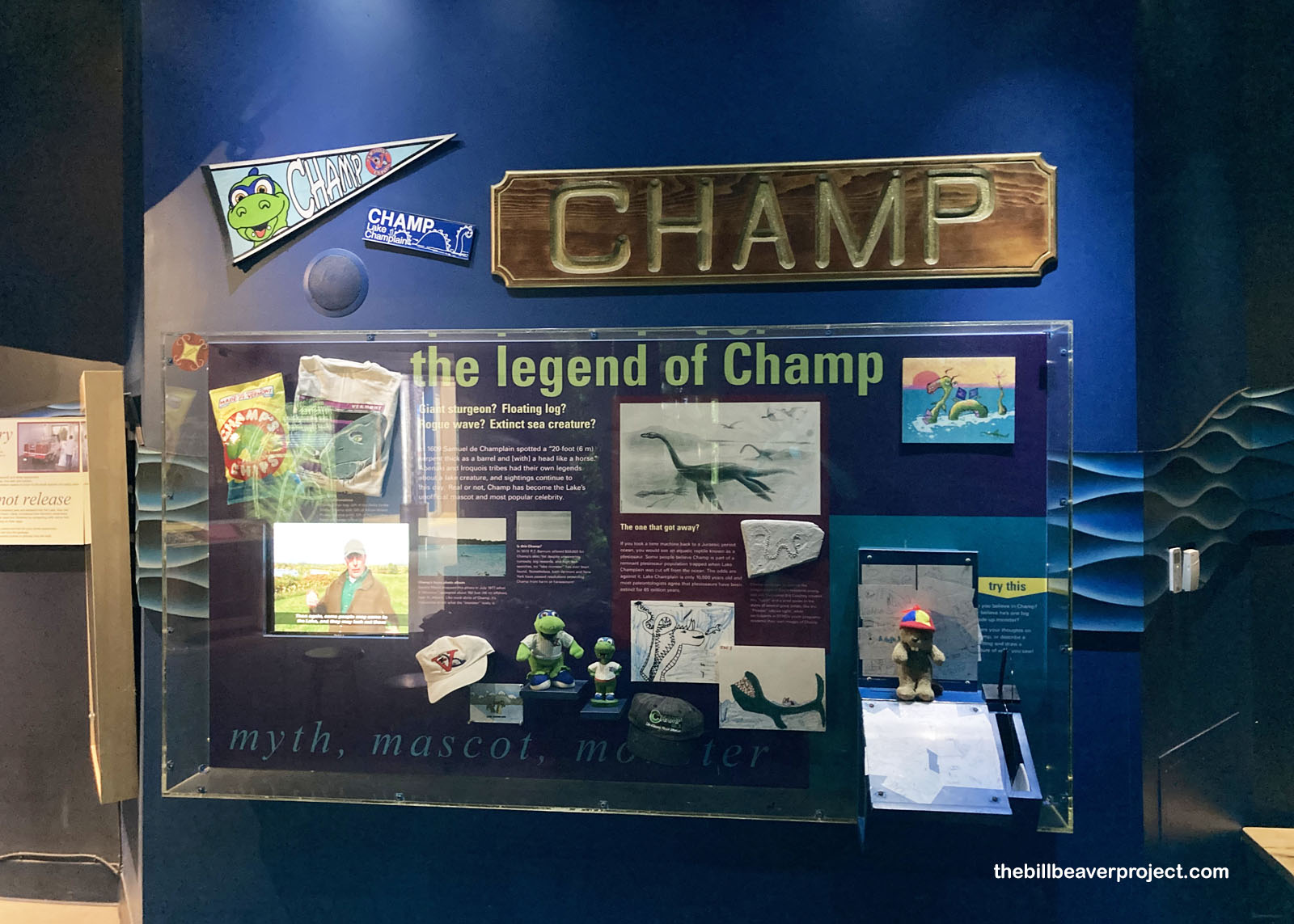 |
What is for sure is that Lake Champlain is chock-full of giant fish from the 4-foot American eel to the 6-foot long nose gar to the 7-foot lake sturgeon! There was a whole neat exhibit on Champ and its lake life counterparts at ECHO, which included a tank full of sturgeons, a very large and very ancient species all on their own!
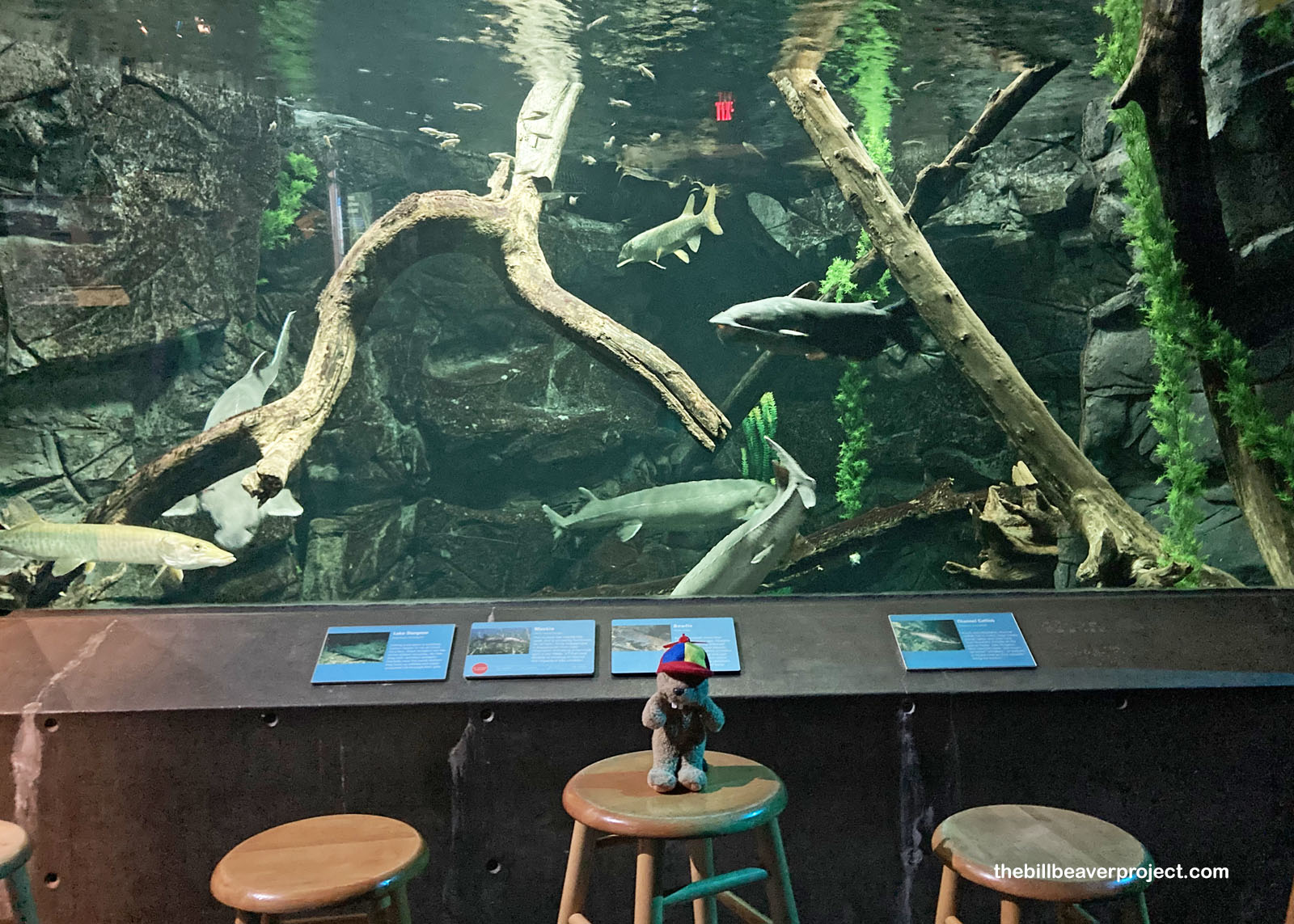 |
No matter the reality of Champ, whether an ancient horned serpent or a modern myth, there’s always a great deal of mystery and fun when it comes to cryptozoology! While I didn’t get a chance to interrogate the lake monster directly, I sure learned a lot about the significance of this amazing lake and its residents, not to mention the efforts to restore soft-shelled turtle populations! Until next time, keep your eyes peeled on the waves. You never know what you’ll spot!
The truth is out there!

 Previous Day |
Total Ground Covered: 665.5 mi (1,071.0 km) |
 Next Day |
